P34.002: Substations Asset Data Analytics
Objective
The data, analytical tools, and models for substation equipment risk assessment and management require ongoing development to maximize their value. This project aims to develop artificial intelligence (AI)-driven tools and statistical models to extract condition assessment, diagnostics, and monitoring information from:
- Expert knowledge
- Industrywide substation asset performance data, including maintenance, condition assessment, and failure histories
- Images
- Time-series data (e.g. from online monitors)
- The latest AI and statistical modeling tools and techniques are explored and leveraged where possible to extract maximum value from existing data sets. The results will provide utilities with new knowledge and data vital for effective asset maintenance and management that can be integrated into a comprehensive decision support framework.
Research Value
The research aims to assist substation asset managers and maintenance personnel in making more informed decisions with:
- More effective use of existing infrastructure and available data
- Early identification of type issues, reducing unplanned outages
- Improved reliability and availability using analysis based on actual asset health and risk to determine maintenance actions
- Reduced reliance on time-based maintenance
- Improved capital planning decisions based on industrywide equipment performance and failure data
- Reduced unplanned expenses and increased benefits and value of planned work
Public benefits of this research support the continued reliability of affordable electric services and a reduction of adverse environmental impacts.
Approach
The project’s research tasks are organized in four categories: Circuit Breaker Analytics, Transformer Analytics, Balance of Substation Analytics, and Overall Substation Asset Analytics.
Circuit Breaker Analytics Tasks

Circuit Breaker Population Performance Metrics Based on Industrywide Data aims to compile and analyze in-service, maintenance, outage, replacement, and failure data on different types of circuit breakers from member utilities. The results could provide insights for better-informed decisions regarding maintenance program development; task and timing selection; benchmarking comparison among utilities and breaker makes and models; replacement decision support; and specification and selection of new breakers. Researchers aim to further refine and update metrics and processes for mining and analyzing these data.
In 2026, the project plans to:
-
Continue to populate the circuit breaker industrywide database with breaker performance data from member utilities.
-
Perform investigations, including AI-powered data mining and pattern recognition, to extract actionable information such as:
- Temporal relationships between corrective and preventive maintenance
- Predictive analytics to forecast maintenance needs and optimize maintenance schedules.
- Maintenance-age correlations
- Performance variations and common maintenance issues among breaker families considering age, operational conditions, and environmental factors
- Historical replacement rates by breaker types and models to aid capital and spares planning
-
Perform comparative analysis of individual utility data with industrywide data where possible. Report findings to the individual utility, with data from other utilities anonymized and aggregated.
-
Develop and share a consolidated, anonymized, and aggregated report on breaker performance data with members.

Circuit Breaker Corrective Maintenance Taxonomy proposes to enhance and update the maintenance task terminology hierarchical schema and standardize such terminology for utilities to utilize for extracting information from free-form text records to categorize and organize maintenance work orders in a consistent, analysis-ready manner. The schema also provides a logical framework that utilities can use to drive uniform data recording practices.

Circuit Breaker Families intends to enhance and update the schema and standardized terminology to group similar breaker models into families to support improved analysis of patterns, trends, and comparisons of maintenance requirements and operational performance among breaker groups.
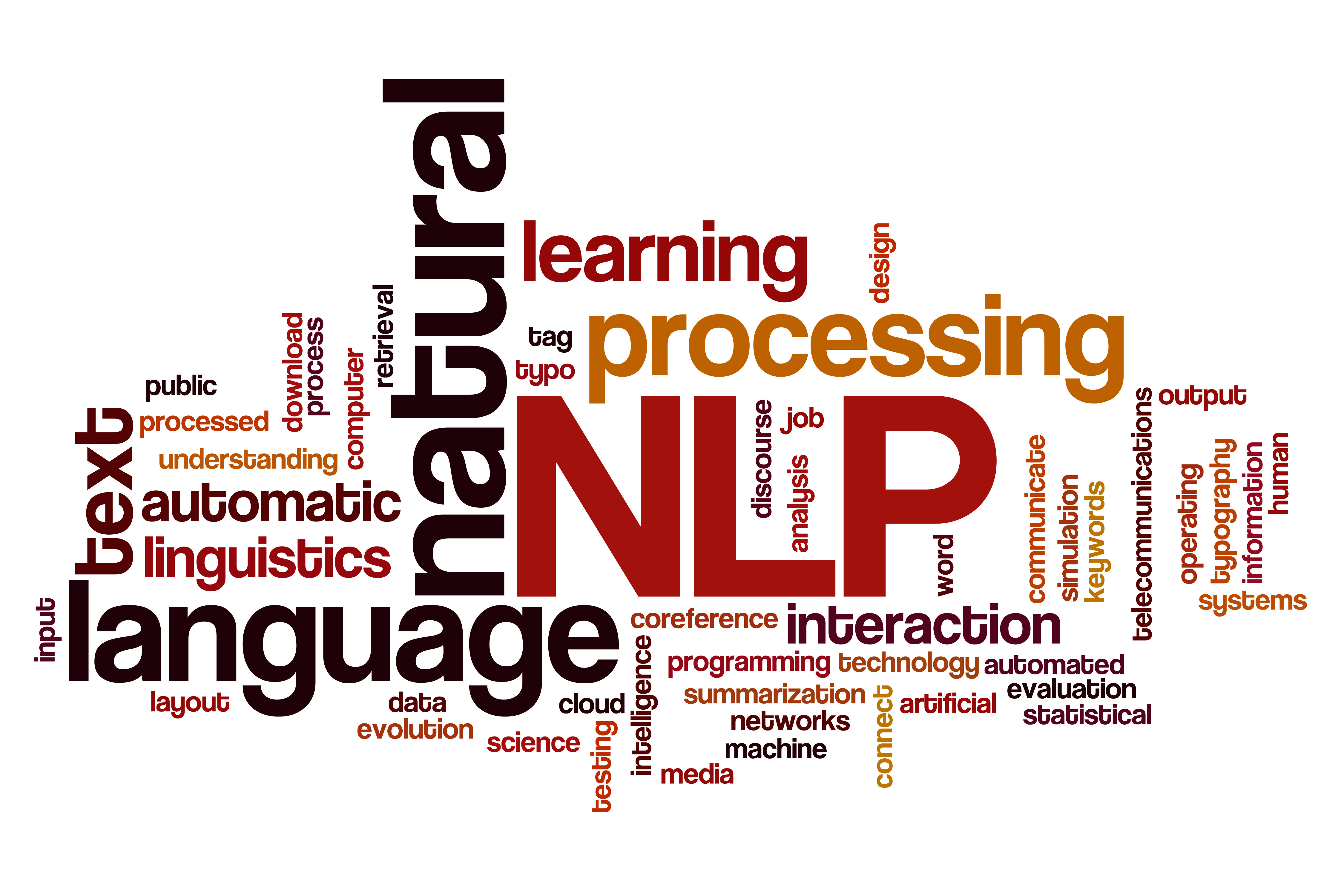
Computer-Assisted Circuit Breaker Work Order Categorization develops and delivers a new version of the generic classification tool that utilities can use to process and categorize freeform comments in inspection and maintenance work orders using the standardized corrective maintenance taxonomy.
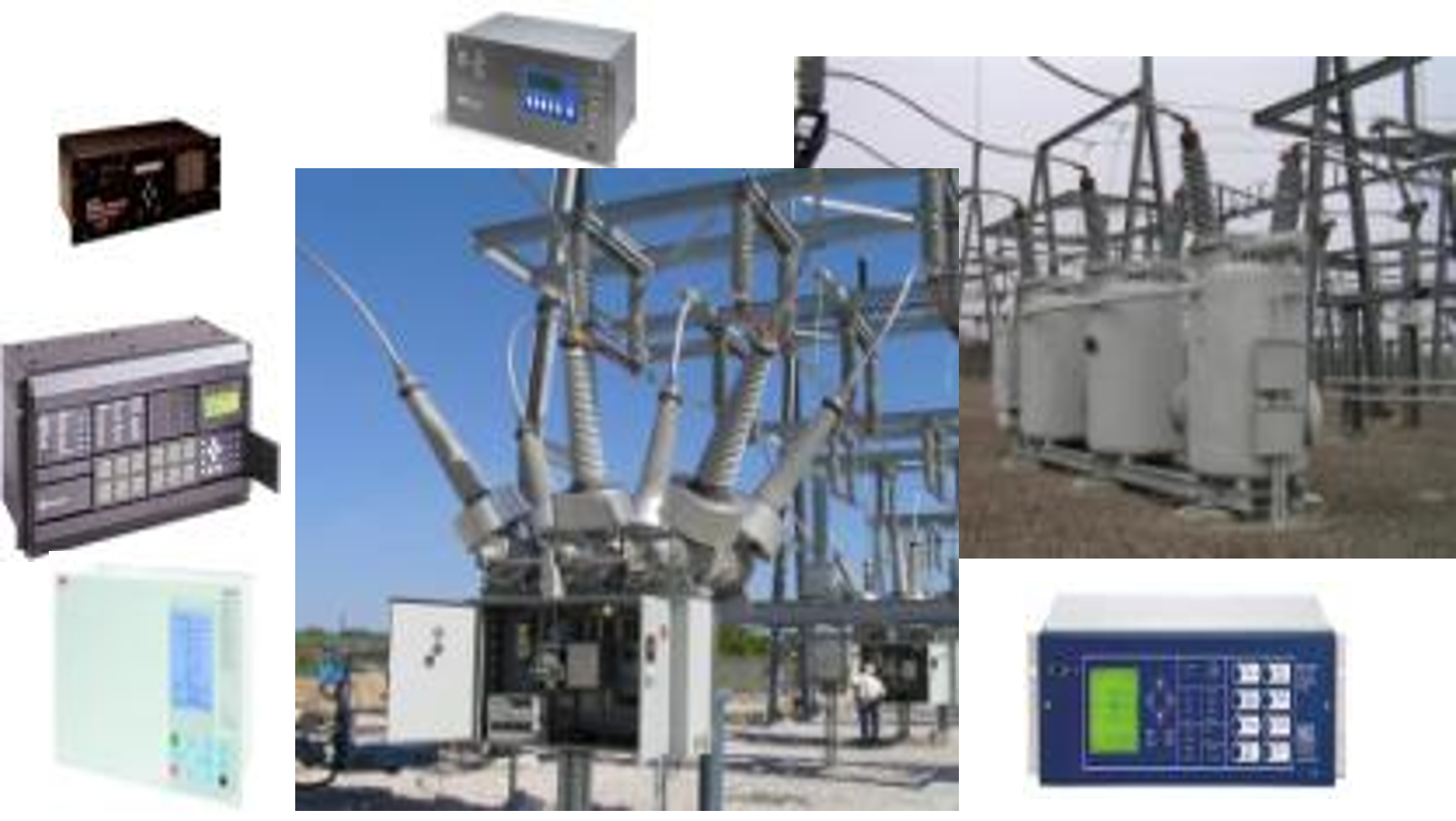
Use of Relay Event Data to Better Understand Breaker Fleet Operating Performance proposes to continue the development of methods to analyze relay event data to better characterize circuit breaker fleet performance. In 2026, researchers intend to:
-
Obtain and process additional utility-supplied relay event and breaker demographic data
-
Investigate the data to identify patterns that identified individual breakers that deviate from normal or have patterns that indicate operational deficiency
-
Using identified patterns, develop algorithms that can automatically analyze relay event data to:
- Help determine if current operation is acceptable, given the historical operations
- Predict if future operation will be unacceptable
- Provide maintenance triggers
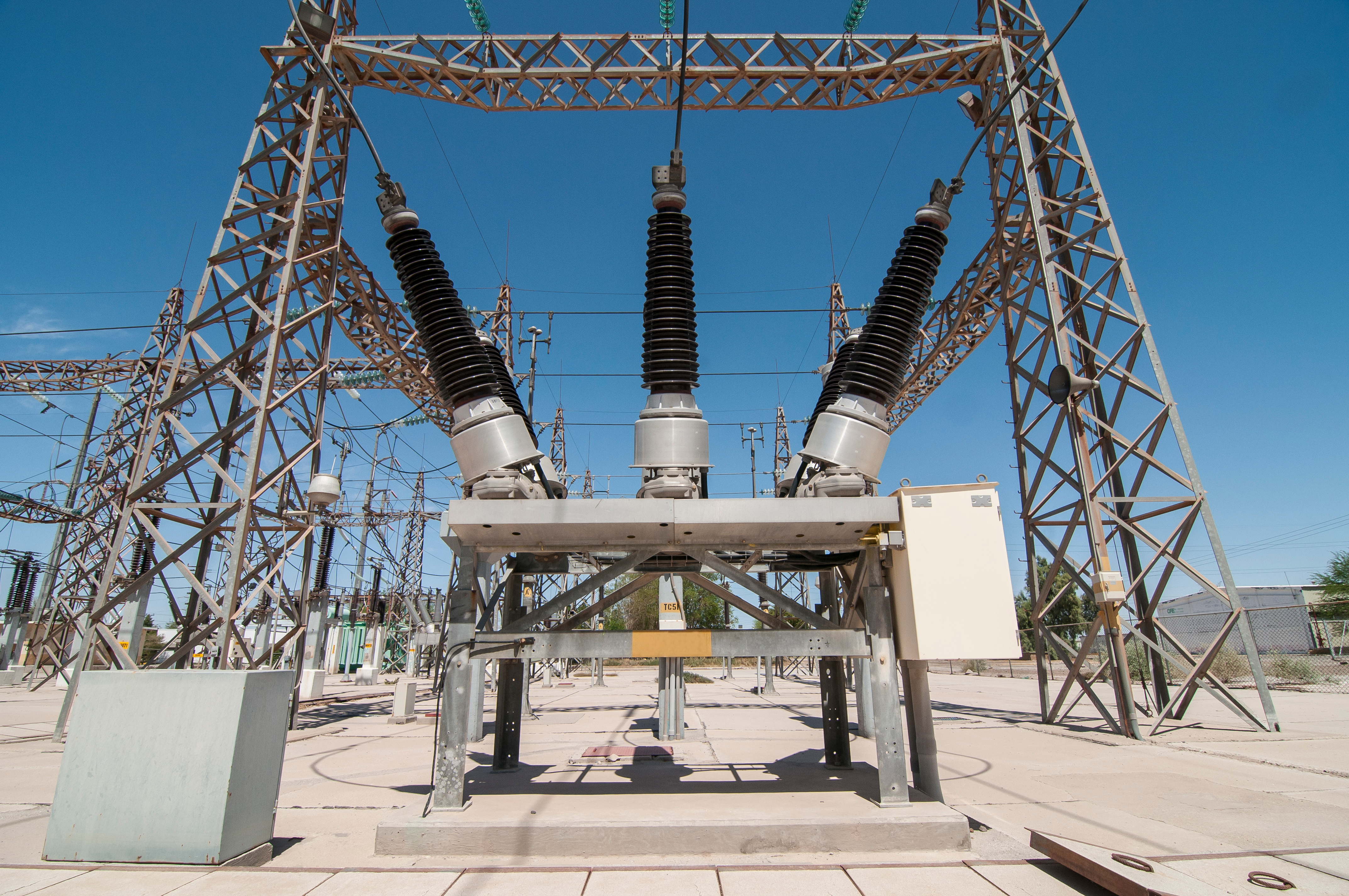
Circuit Breaker Risk Ranking Software is a risk-based tool for circuit breaker fleet management that can help optimize maintenance, increase reliability, and support capital planning. The software leverages readily available performance data and advanced algorithms to calculate a breaker’s relative ranking and need for maintenance or replacement. In 2026, researchers intend to:
- Incorporate lessons learned from implementations across circuit breaker fleets from U.S. and international utilities
- Expand algorithms to include new inputs such as relay event and monitor data and results from the analysis of industrywide circuit breaker data
- Provide an improved user interface that allows utilities to easily input and validate data
- Improve visualization by adding new metrics and graphics
- Issue an updated version of the software
- Provide application guidelines for implementation and guidance on the interpretation and utilization of results
- Share best practices and insights derived from the use of the tool
Transformer Analytics Tasks
These tasks represent a large body of research effort aimed at deriving quantitative assessment of a power transformer’s present condition and potential incipient fault risk leveraging existing data streams. The research effort couples leading data analytics with deep subject matter expertise to provide defensible assessments while exploring emerging technologies such as machine learning (ML) and AI.
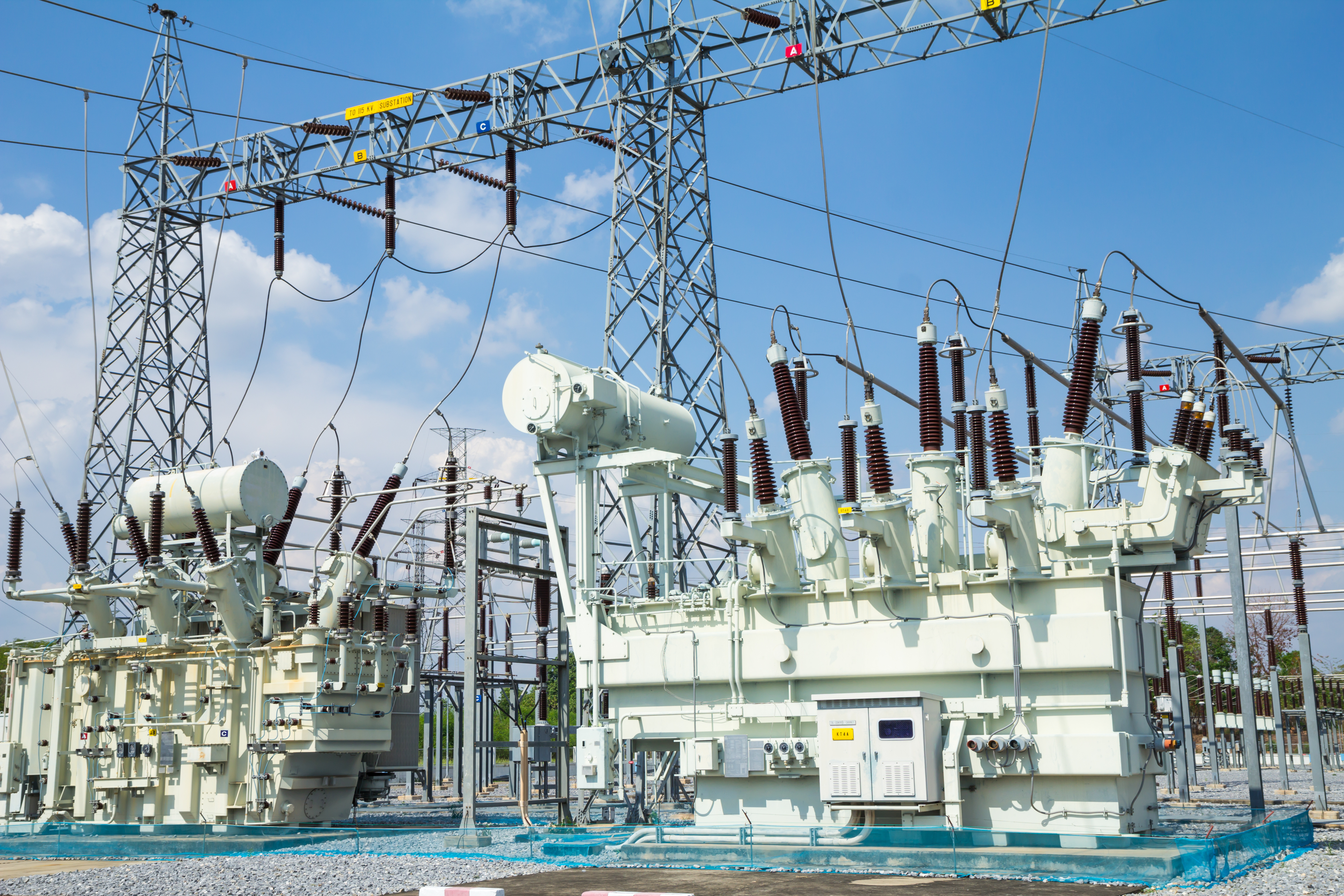
Advanced Analytics for Power Transformer Condition Assessment intends to investigate advanced AI/ML and statistical models for application to power transformer condition assessment, diagnostics, and monitoring. Leveraging EPRI’s expertise and data contributed by utilities, the focus will be to develop the next generation of transformer analytics that might yield quantifiable improvements and advantages over present-day analytics. Any developed models that are suitable for operational use will be incorporated into the Power Transformer Expert (PTX) software. This work will build on present efforts to explore whether probabilistic graphical models or deep learning architectures yield quantifiable benefits or notable advantage over present methods for interpreting dissolved gas analysis (DGA) data.
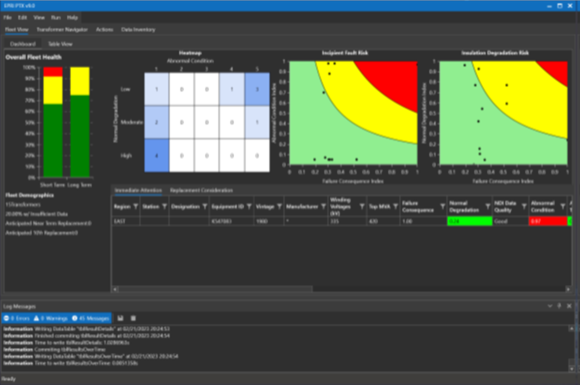
Power Transformer Expert System (PTX) plans to continue development of PTX, a software implementation of EPRI’s transformer fleet management analytics. PTX is the embodiment of decades of research and continues to provide users with a readily applied implementation of the methods, models, and insights generated through the P34 research program. Continuous efforts are intended to improve the diagnostic performance of existing algorithms (main body, load tap changer algorithms; rules that account for susceptibility to through-faults; and the ability to analyze data from online DGA monitors). New research aims to:
-
Better leverage real-time data sources and online monitors to provide more timely assessments of present condition with a minimum of false positives
-
Develop additional software enhancements to improve usability and ease of integration with existing enterprise systems
-
Continue development of the PTX Application Guide, providing comprehensive guidelines for power transformer asset management decisions informed by PTX analysis

Online Monitoring Assessment and Interpretation continues EPRI’s development of algorithms and models to extract maximum insight from real-time or near real-time data streams from deployed online monitors and sensors. The nature of this data necessitates unique approaches that combine the expert knowledge EPRI has developed through decades of power transformer research with advanced mathematical techniques. Building upon prior research efforts, this new research aims to:
-
Develop improved trending and interpretation methodologies for use with online DGA monitors (including monitors that utilize a subset of the key gases). Particular attention will be given to ensure robustness in the event of data anomalies (communication dropouts, measurement errors, etc.).
-
Use of temperature sensors and load data to improve situational awareness, understand transformer utilization, and project insulation degradation.
-
Develop models or algorithms for leveraging moisture measurements to better predict bulk insulation moisture content and better assess risks and degradation modes related to elevated insulation moisture content.
-
Evaluate the potential benefit of analytics utilizing additional online sensors, such as bushing monitoring technologies, for asset management decision making.

Power Transformer Population Performance Metrics Based on Industrywide Data compiles and analyzes in-service, historical failure, and retirement data; maintenance records; and test data on transformers and tap changers in a common format using information provided by U.S. and international utilities. These datasets and advanced statistical analysis techniques are used to better understand current performance, project future performance, and inform other research tasks. Tasks include:
-
Continue to populate the transformer industrywide database with performance data from new members and update data from members who previously shared data.
-
Continue to develop age-related hazards for key groups of power transformer populations. These hazards may be used to assess the performance for select groups and to plan capital and spare policies for these groups.
-
Perform comparative analysis of individual utility data with industrywide data where possible. Report findings to the individual utility, with data from other utilities anonymized and aggregated.
-
Develop and share a consolidated, anonymized, and aggregated report on power transformer performance data with members.

Power Transformer Maintenance Trends and Insights proposes to develop a framework and taxonomy for recording maintenance activities for power transformers. Data from participating utilities will be gathered and analyzed leveraging this framework to produce insights into key maintenance activities and identify areas of high expenditure and opportunities for risk-driven allocation of maintenance resources. The project also proposes to enhance and update the maintenance task taxonomy for utilities to utilize for extracting information from free-form text records to categorize and organize maintenance work orders in a consistent, analysis read manner. The taxonomy also provides a logical framework that utilities can use to drive uniform data recording practices.
-
Collect maintenance records (work orders) and categorize available records utilizing the developed taxonomy
-
Analyze categorized work order data to better understand maintenance issues affecting transformer performance (e.g., oil leaks, tap changer problems, cooling system performance, and test data)
-
Issue reports summarizing the research developments and their applications as a decision support tool for asset managers, insights on transformer aging and failure, and utility use cases
Balance of Substation Analytics Tasks
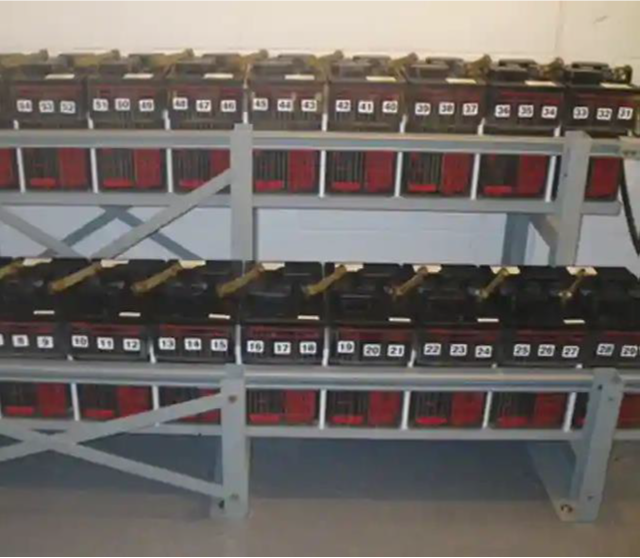
Substation Battery Performance Assessment intends to compile and analyze utility-supplied substation battery data, such as demographic information, inspection, and test results. The goal is to develop appropriate analytic approaches that provide early indication of battery degradation, identify maintenance trends, replacement and failure rates, and other performance metrics. Researchers aim to:
-
Work with members to obtain demographic, inspection, and maintenance data
-
Issue reports that summarize the developments and their applications for decision support, insights on select population battery performance, and utility use cases

Protection and Control Asset Management proposes to support efforts to assess protection and control asset performance and define requirements for utility-supplied data to ensure it is suitable for developing metrics and risk-based analytics. In 2026, researchers plan to gather more utility data, develop and apply new performance metrics, and enhance the EPRI asset management framework for protection and control assets.

Balance-of-Substation Performance Metrics Based on Industrywide Data aims to extend the industrywide data (IDB) collection concept beyond transformers, batteries, relays, and breakers to other equipment, such as disconnect switches, capacitor banks, instrument transformers, bushings, and arresters. The goal is to utilize the collected data to develop analytics to better understand balance-of-substation asset performance, failure and replacement rates, and maintenance trends. Efforts will be made to:
-
Continue to populate the balance-of-substation IDB by collecting in-service, historical maintenance, replacement, and failure data
-
Develop new metrics and analytics with the goal of enabling utilities to make better informed maintenance, repair/replacement, specification, and selection decisions
-
Investigate the utilization of performance metrics in the development of fleet management approaches
-
Issue reports summarizing the developments and applications for decision support for asset managers, insights on equipment performance, and utility use cases
Overall Substation Asset Management Tasks
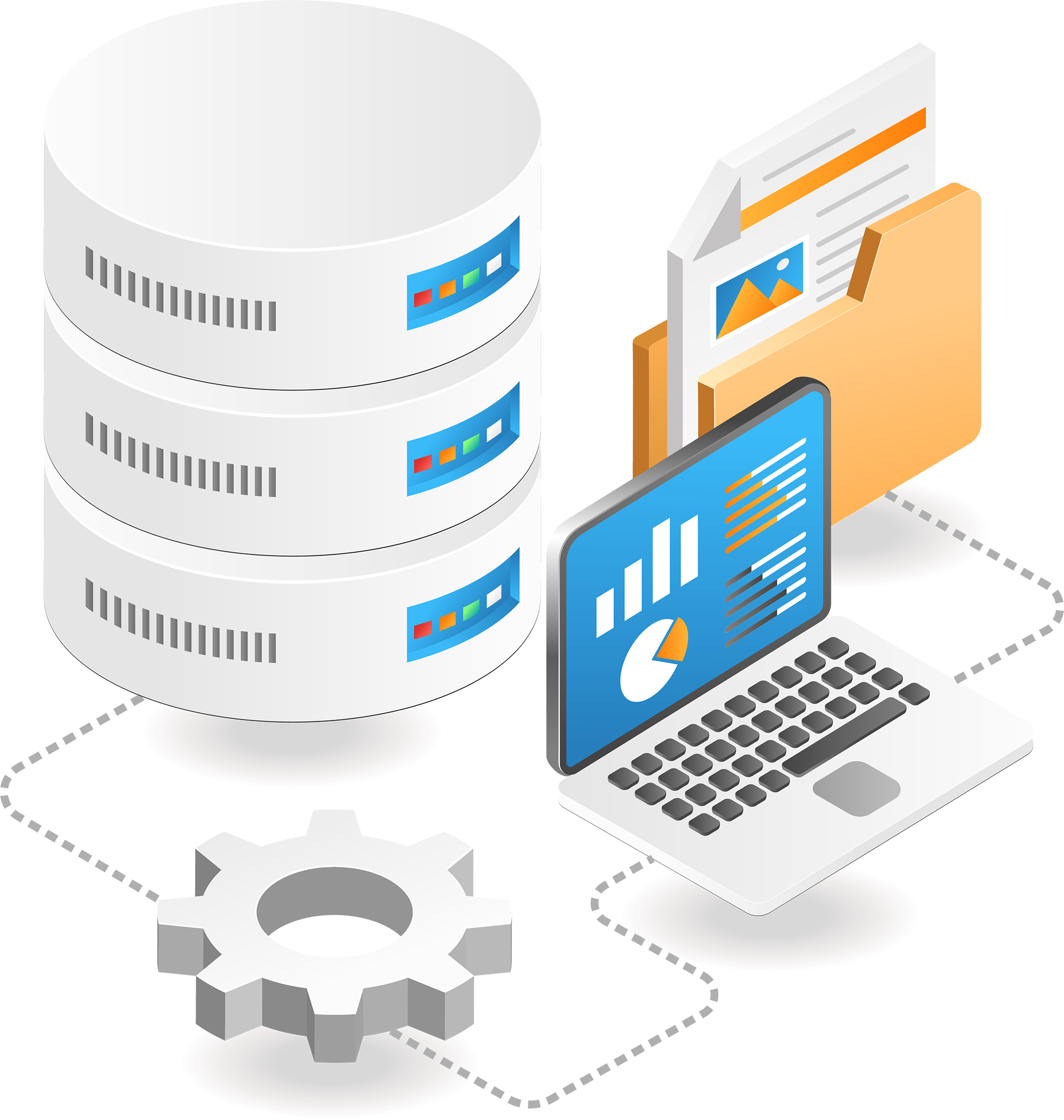
Data Specification for Substation Asset Performance Analysis intends to provide guidance on the types of data that are useful for asset management analytics and deliver a catalog of substation asset characterization data, including demographic and condition assessments, which are useful as inputs to EPRI analytics, and the formats required by those analytics. Anticipated are review and update of data models and definitions for transformers, circuit breakers, disconnect switches, instrument transformers, batteries, electromechanical, solid-state and digital relays, and capacitor-coupled voltage transformers.

Substation and Bay Risk Assessment intends to develop analytics for substation bay and complete substation risk metrics by combining risks associated with individual equipment assessments. The goal is to provide guidance for making decisions across assets and to analyze multiple asset life-cycle costs. Building on EPRI’s development of risk-based models for substation equipment fleet management, this effort aims to develop data models and analytics that combine condition information with a fundamental understanding of the substation equipment to provide decision support for improved performance and asset and risk management. Researchers plan to solicit cooperation with utility advisors and conduct initial development through supplemental efforts.
Anticipated Deliverables
| Deliverable | Date |
|---|---|
| Circuit Breaker Asset Management Analytics: Data Requirements, Family Groupings, and Maintenance Taxonomy (Technical Update) | December 2026 |
| Actionable Insights to Aid Procurement, Maintenance, and Replacement Decisions Based onAnalysis of Industrywide Circuit Breaker Data (Technical Brief, Webcast, andResults on TRC) | December 2026 |
| Computer-Assisted Analytics to Categorize Circuit Breaker Maintenance Work Orders (Analytical Tool & Application Guide) | December 2026 |
| Circuit Breaker Risk Ranking Framework (Software & Application Guide) | December 2026 |
| Using Relay Event Data to Better Understand Breaker Operating Performance and Patterns (Technical Update & Webcast) | December 2026 |
| Advanced Analytics for Power Transformer Condition Assessment (Technical Brief &Webcast) | December 2026 |
| Improved Assessment, Analysis, and Interpretation of Data from Online Monitors and Sensors(Technical Brief and Results on TRC) | December 2026 |
| Actionable Insights to Aid Procurement, Maintenance, and Replacement Decisions Based on Analysis of Industry wide Power Transformer Data (Technical Brief, Webcast,and Results on TRC) | December 2026 |
| PowerTransformer Expert System Software (Software & Application Guide) | December 2026 |
| Actionable Insights to aid Procurement, Maintenance, and Replacement Decisions Based on Analysis of Industry wide Substation Battery Data (Technical Brief, Webcastand Results on TRC) | December 2026 |
| Protection and Control System Asset Management Metrics (Technical Update) | December 2026 |
| Development and Application of Analytical Approaches to Aid Allocation of Resources Across Substation Assets (Utility Information Exchange) | December 2026 |
| Data Specification for Substation Asset Performance Analysis (Technical Update) | December 2026 |